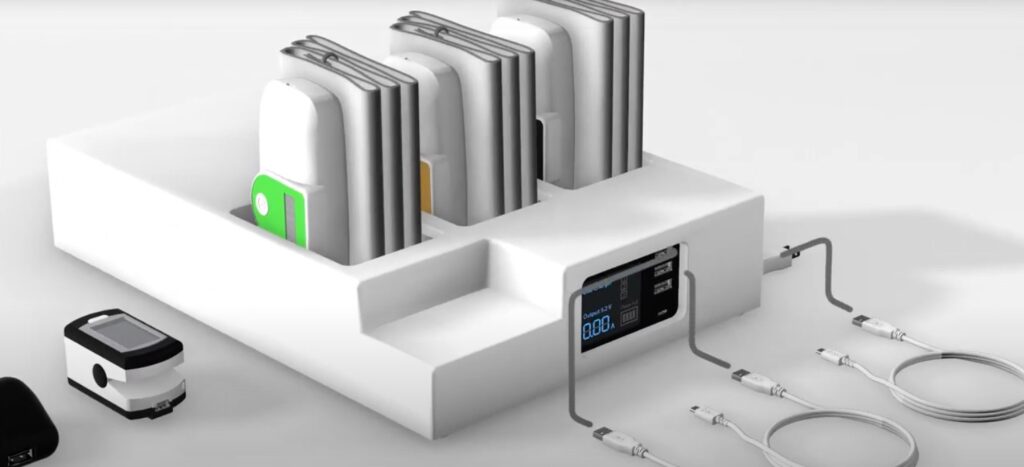The Importance of Early Detection of Small Fiber Neuropathy
Small fiber neuropathy (SFN) is a common and often underdiagnosed condition affecting the small nerve fibers responsible for pain, temperature, and autonomic function. Early detection and diagnosis of SFN can lead to better patient outcomes and help healthcare providers develop tailored treatment plans. In this blog post, we will discuss the importance of early detection of SFN and how the TM Flow System can revolutionize the way physicians diagnose and manage this condition in their practice.
Small Fiber Neuropathy
SFN is a disorder that affects the small unmyelinated and thinly myelinated sensory and autonomic fibers. It can manifest as burning pain, tingling, numbness, and autonomic symptoms like abnormal sweating, gastrointestinal symptoms, and cardiovascular instability. SFN can be caused by various factors, including diabetes, autoimmune diseases, genetic disorders, and idiopathic origins. Accurate and early diagnosis is crucial for optimal patient outcomes and to prevent irreversible nerve damage.
The Limitations of Traditional Diagnostic Methods
Traditionally, diagnosing SFN has relied on clinical evaluation, nerve conduction studies, and skin biopsy. However, these methods can be invasive, time-consuming, and not always accurate, leading to delayed or missed diagnoses. Furthermore, traditional diagnostic methods may not provide a comprehensive understanding of the patient’s autonomic and vascular function, which is essential for effective treatment planning.
The TM Flow System
The TM Flow System is a non-invasive diagnostic tool that performs three billable tests to assess autonomic function, vascular function, and sudomotor function. This user-friendly medical test can be completed in just 7-10 minutes, providing physicians with a comprehensive and easy-to-interpret report. The TM Flow System enables physicians to perform and bill for three CPT codes, resulting in an average Medicare reimbursement of $285 per test.
How TM Flow System Transforms SFN Detection and Management
- Early detection of SFN: The TM Flow System allows for the early detection of SFN by assessing sudomotor function using sympathetic skin response. Identifying SFN in its early stages is crucial to prevent further nerve damage and develop an appropriate treatment plan.
- Comprehensive assessment: The TM Flow System provides a holistic evaluation of the patient’s autonomic and vascular function, allowing physicians to determine the extent of SFN and its potential causes.
- Non-invasive testing: Unlike traditional diagnostic methods, the TM Flow System is non-invasive, making it a more comfortable experience for patients and easier to implement in your practice.
- Time-efficient: The TM Flow System can be performed in-office in just 7-10 minutes, streamlining the diagnostic process and allowing for quicker intervention.
- Revenue generation: The TM Flow System not only enhances patient care but also generates revenue for your practice by allowing you to bill for three CPT codes.
Early detection and diagnosis of small fiber neuropathy are crucial to improving patient outcomes and developing tailored treatment plans. The TM Flow System is a non-invasive, comprehensive, and time-efficient diagnostic tool that can transform your practice, allowing you to better diagnose and manage SFN. By incorporating the TM Flow System into your practice, you can elevate patient care while also generating additional revenue. Don’t wait any longer to take advantage of this cutting-edge diagnostic technology – contact Primary Care Diagnostics to learn more about the TM Flow System and its benefits for your practice.
Contact us for more information about the TM Flow System.
"*" indicates required fields
The Importance of Early Detection of Small Fiber Neuropathy Read More »







